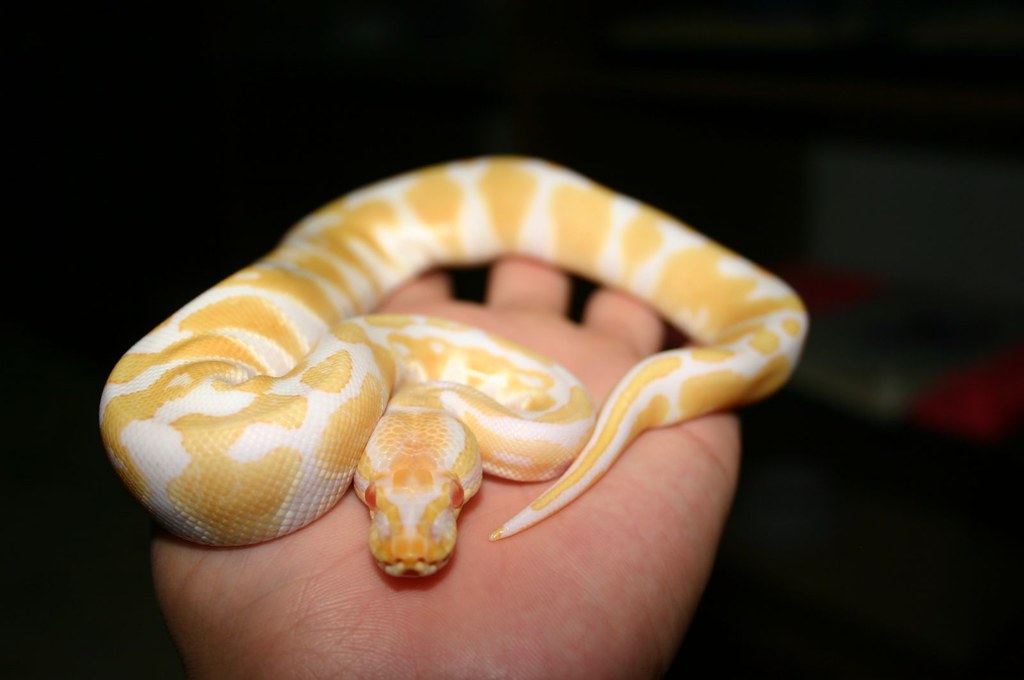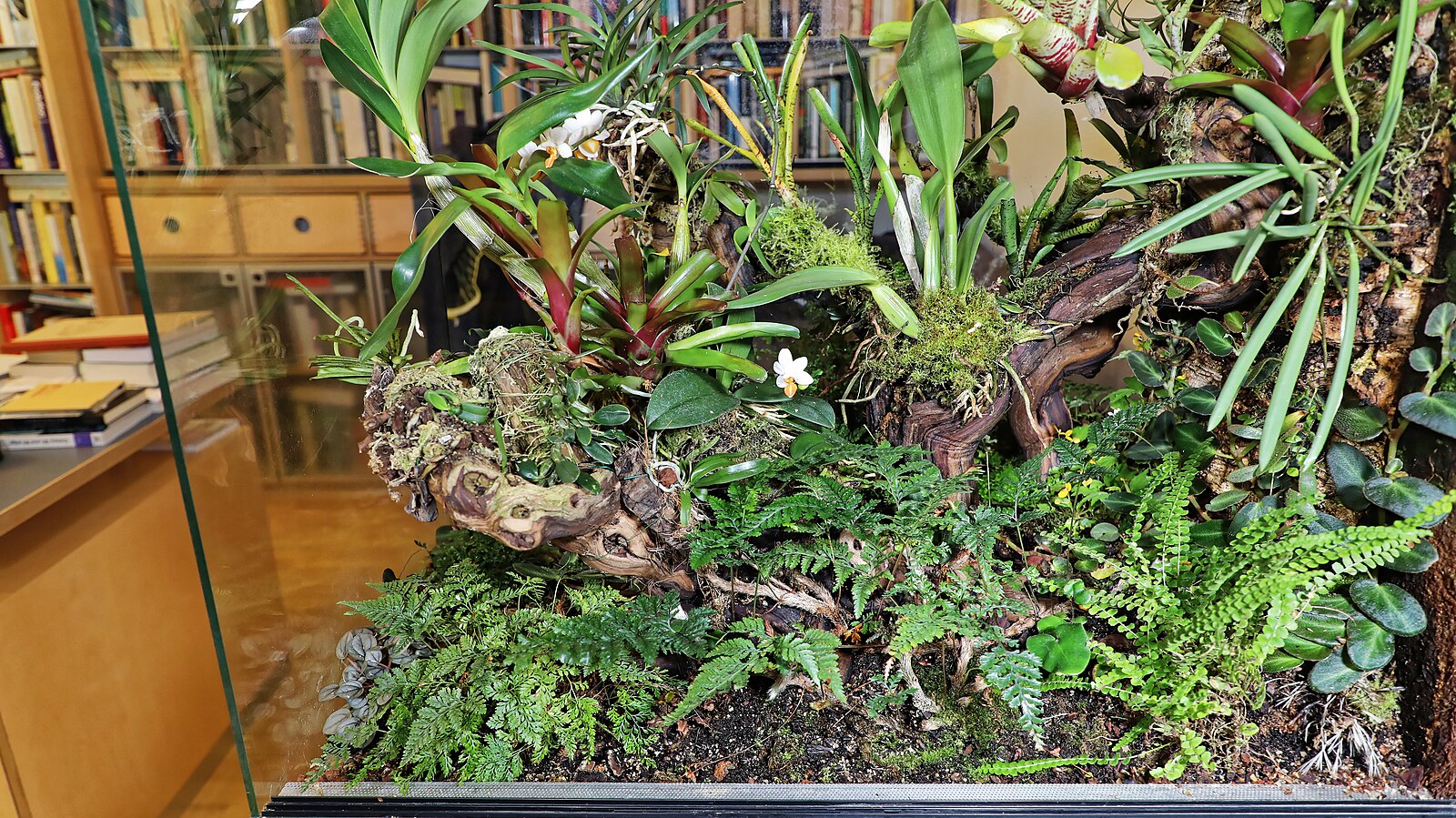Transporting exotic reptiles requires careful planning, appropriate equipment, and knowledge of species-specific needs. Whether you’re relocating your pet, taking it to a veterinarian, or acquiring a new reptile, proper transportation is crucial for the animal’s health and safety. Exotic reptiles are particularly sensitive to temperature changes, stress, and improper handling, making their transport significantly more challenging than that of conventional pets. This comprehensive guide will walk you through essential steps and considerations to ensure your scaly companion reaches its destination safely and comfortably, minimizing stress and preventing potential health issues that can arise from improper transport methods.
Understanding the Unique Transportation Needs of Exotic Reptiles
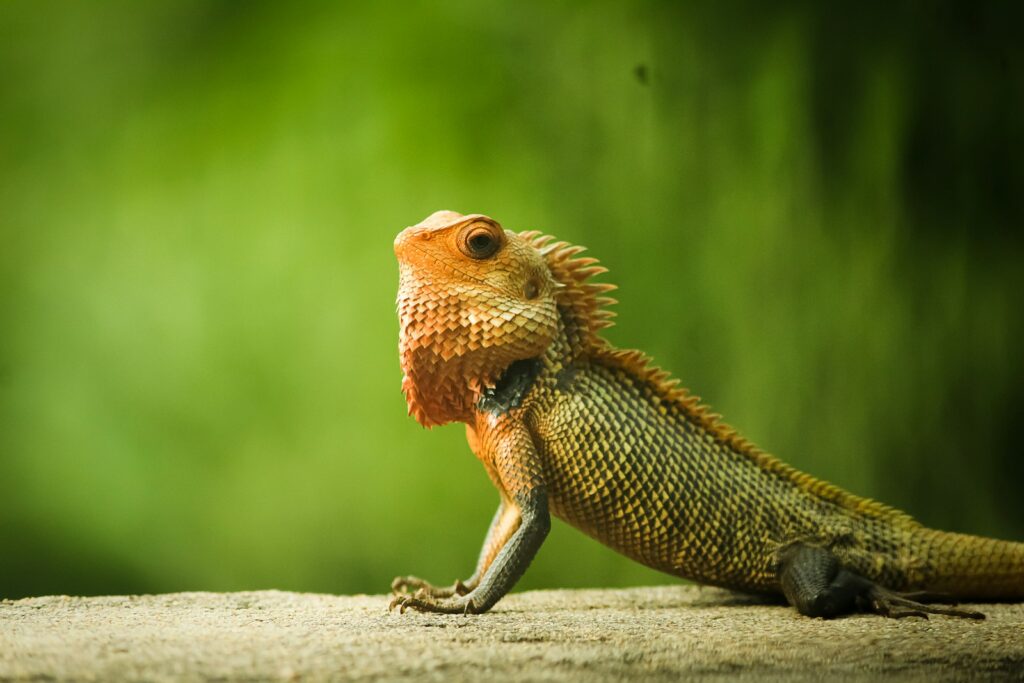
Exotic reptiles differ dramatically from mammals in their physiological responses to environmental changes, making their transportation requirements highly specialized. As ectothermic (cold-blooded) animals, reptiles cannot regulate their body temperature independently and rely entirely on their environment for thermal regulation. During transport, sudden temperature fluctuations can cause severe stress, respiratory infections, digestive problems, or even death in extreme cases. Additionally, many reptile species are particularly sensitive to vibrations, excessive movement, and unfamiliar stimuli, which can trigger stress responses such as refusal to eat for days or weeks afterward. Understanding these unique physiological and psychological needs is the foundation for developing an appropriate transportation strategy for your exotic reptile companion.
Researching Species-Specific Requirements
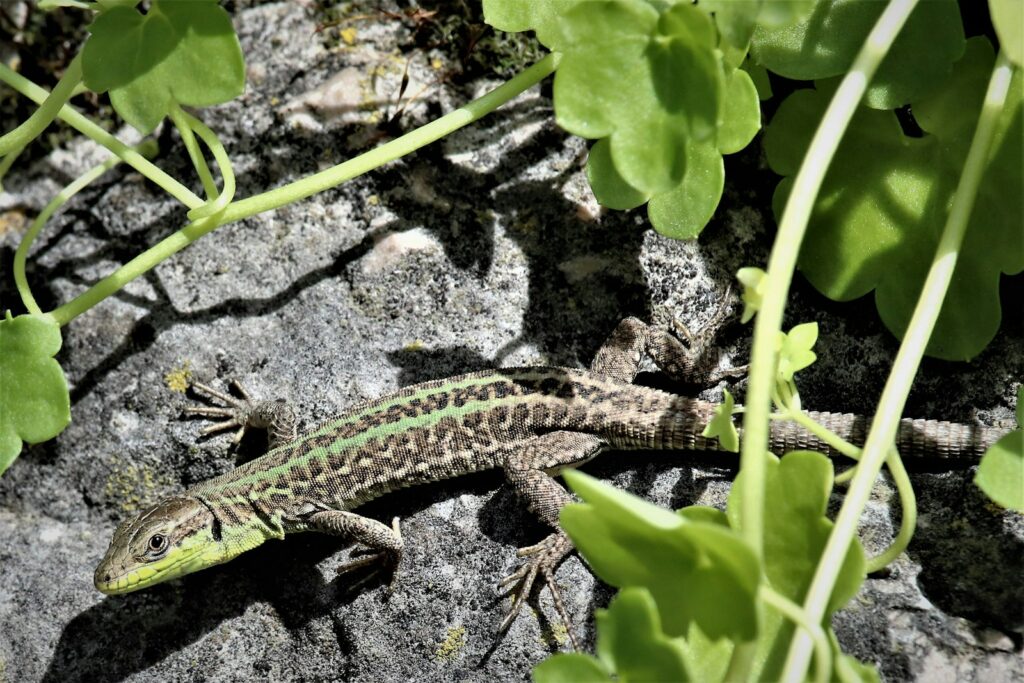
Before transporting any exotic reptile, thoroughly research the specific requirements of your particular species, as transportation needs vary significantly between different reptiles. Desert-dwelling species like bearded dragons require warmer temperatures during transport compared to tropical species like certain geckos. Arboreal species such as chameleons may experience more stress when confined to small spaces than ground-dwelling reptiles like tortoises. Some species, particularly large snakes or monitor lizards, may require specialized containers that provide adequate space while ensuring they remain secure. Consulting with experienced reptile veterinarians, reputable breeders, or herpetological societies can provide valuable insights into the specific considerations for your reptile’s species, size, age, and health status before planning any journey.
Selecting the Appropriate Transportation Container
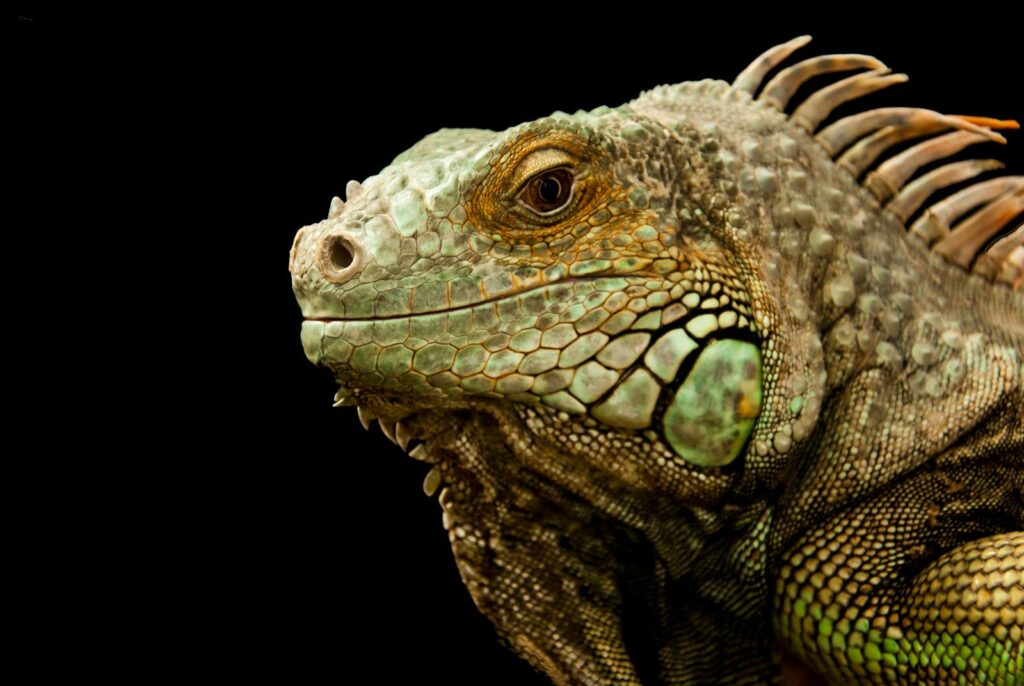
The selection of a proper transportation container is perhaps the most critical element of safely moving exotic reptiles. The ideal container should be escape-proof while providing adequate ventilation to prevent overheating and carbon dioxide buildup. For most reptiles, a sturdy plastic container with small air holes works well, though commercially available reptile-specific carriers offer features designed for their unique needs. The container should be appropriately sized—large enough for the animal to lie comfortably but not so spacious that the reptile could be injured by sliding around during movement. For venomous species or large, powerful reptiles like monitor lizards or large constrictors, specialized lockable containers with double-secure lids may be necessary to ensure both the animal’s safety and that of the handler. Always avoid glass containers, which can break, or containers with large mesh areas that might allow excessive heat loss.
Preparing the Transport Environment
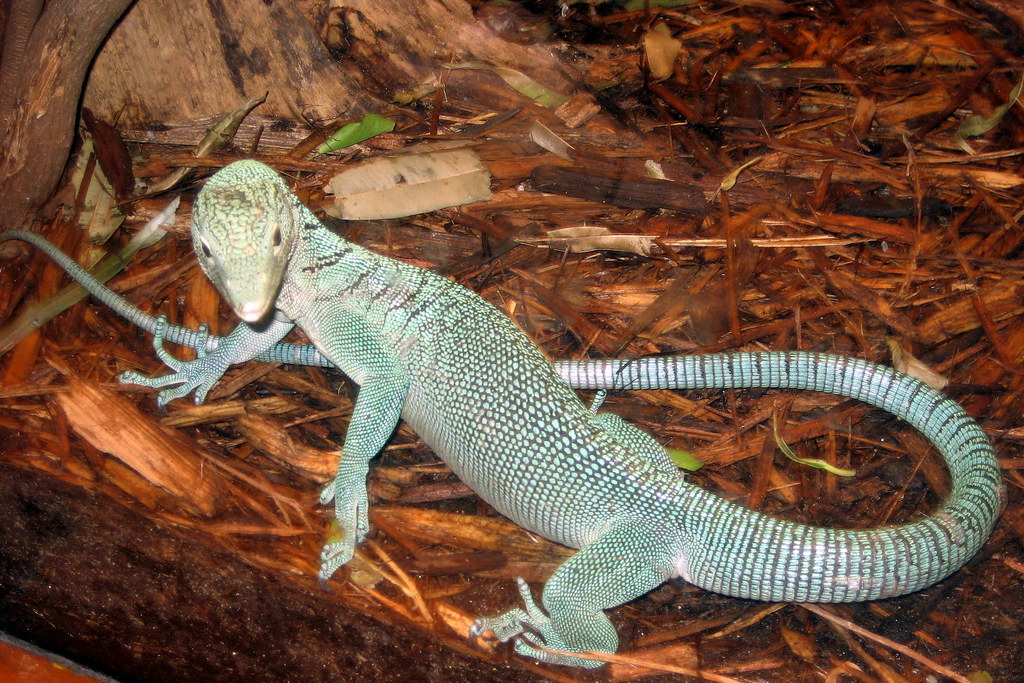
Creating an appropriate microenvironment within the transport container is essential for minimizing stress and maintaining your reptile’s health during the journey. Line the bottom of the container with a suitable substrate—paper towels work well for most short transports as they provide traction without risk of ingestion or respiratory issues that loose substrates might cause. For longer journeys, include appropriate hiding spots such as small cardboard boxes or commercially available reptile hides that allow the animal to feel secure. Avoid including water bowls that can spill during transport, potentially causing dangerous temperature drops or respiratory issues. For arboreal species, consider adding secure branches or perches that won’t shift during movement. The transport environment should mimic the reptile’s familiar habitat enough to reduce stress while remaining practical for the journey’s conditions.
Temperature Management During Transport
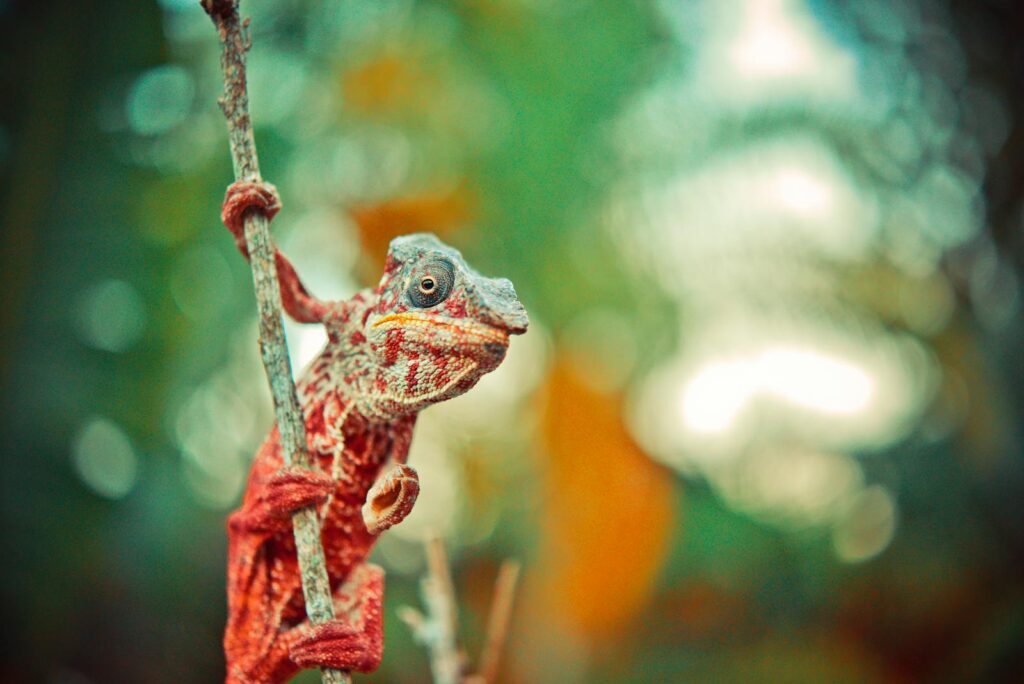
Maintaining appropriate temperature is one of the most challenging aspects of reptile transport, yet it’s absolutely critical for their survival. For most reptile species, temperatures should be kept within their preferred optimal temperature zone (POTZ), which typically ranges between 75-85°F (24-29°C), though this varies by species. High-quality heat packs designed specifically for reptile shipping can provide consistent warmth for several hours, but must be wrapped in cloth or paper to prevent direct contact that could burn the animal. For cold-weather transport, insulating the transport container with foam, bubble wrap, or specialized insulating materials can help retain heat. In hot weather, ice packs (similarly insulated from direct contact) may be necessary to prevent overheating. Digital thermometers with remote sensors can be placed in the container to monitor temperatures throughout the journey, allowing for adjustments if conditions change.
Timing Your Transport for Maximum Safety
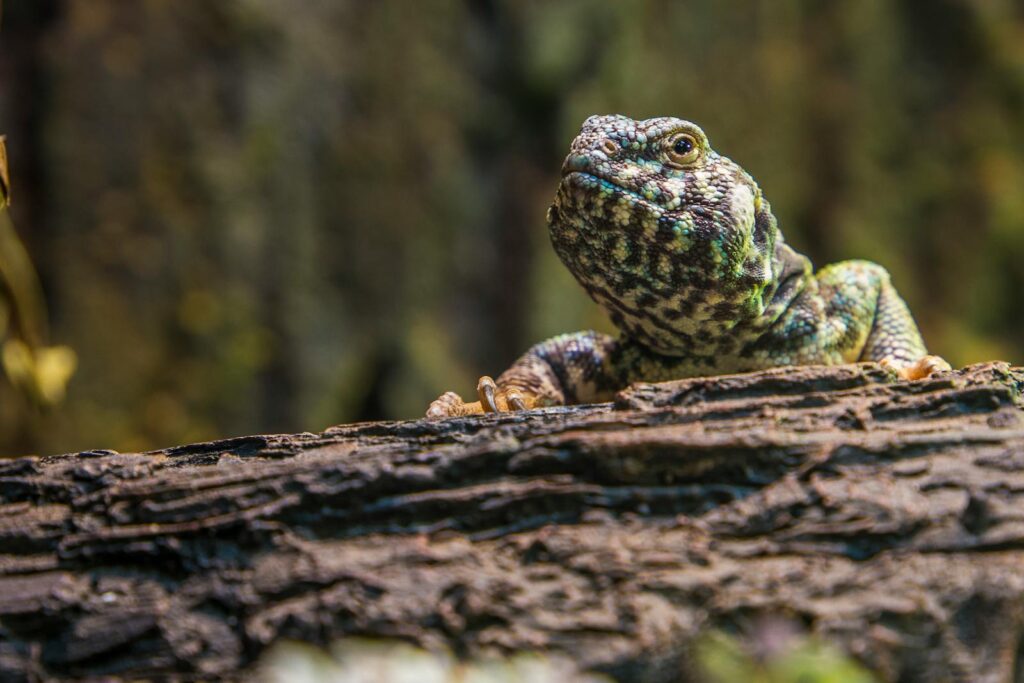
Strategic timing can significantly reduce the risks associated with transporting exotic reptiles. Whenever possible, schedule transportation during seasons and times of day when outdoor temperatures are closest to your reptile’s optimal range, minimizing the need for extensive temperature control measures. Early morning or evening transports during summer can help avoid peak heat, while midday winter transports may take advantage of warmer temperatures. For long-distance shipping, consider weather patterns along the entire route and at potential layover locations. Many experienced reptile keepers avoid shipping altogether during extreme temperature seasons unless using professional reptile shipping services with climate-controlled vehicles. For international or cross-country transport, research seasonal restrictions some carriers may impose on live animal shipping during winter or summer months when temperature extremes pose the greatest risks.
Preparing Your Reptile Before Transport

Proper preparation of your reptile before travel can significantly reduce transport-related stress and complications. For most species, withholding food for 24-72 hours (depending on species and size) before transport is recommended to prevent regurgitation and reduce the likelihood of defecation during transit, which can create unhygienic conditions and temperature fluctuations. However, hydration remains important—offer water until a few hours before departure to ensure your reptile is well-hydrated. For longer journeys, a veterinary check-up beforehand can identify any health issues that might be exacerbated by the stress of transport. Handling should be minimized in the days leading up to transport, particularly for species that are naturally more stress-prone like chameleons or newly acquired specimens that haven’t yet acclimated to human interaction. Creating a calmer pre-transport period helps ensure your reptile begins its journey in the best possible physical and psychological condition.
Legal Considerations and Documentation
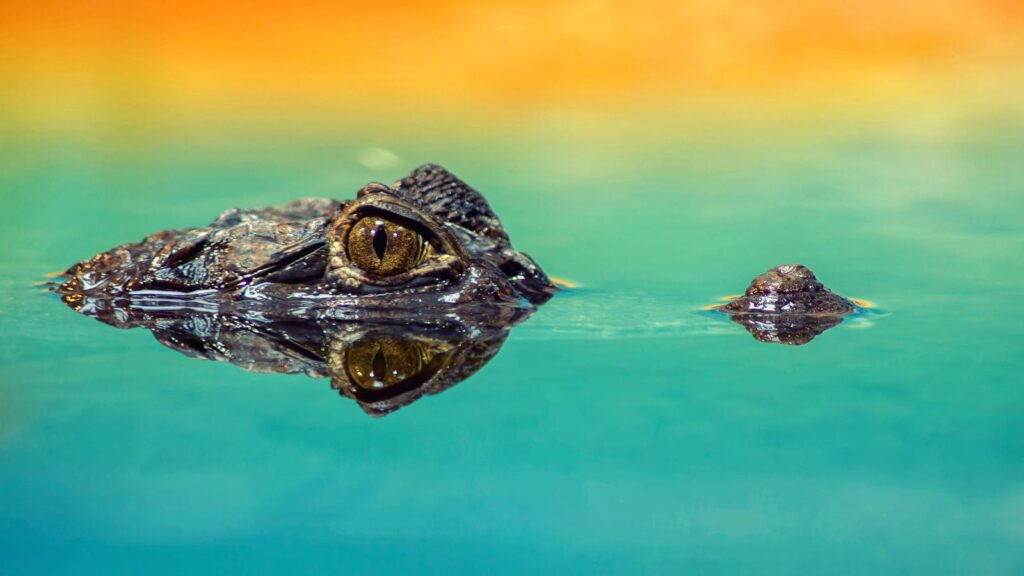
The transportation of exotic reptiles often involves navigating complex legal requirements, particularly for interstate or international travel. Many reptile species are regulated under the Convention on International Trade in Endangered Species (CITES), requiring specific permits and documentation that prove legal acquisition. Within the United States, state regulations vary dramatically—species legally kept in one state may be prohibited in another, making thorough research of local laws essential before any transport. Health certificates from accredited veterinarians are frequently required for interstate transport and are almost always mandatory for international shipping. For particularly rare or regulated species, additional permits from wildlife agencies may be necessary. Maintaining organized documentation including proof of purchase, breeding records, and any required permits should accompany the animal during transport to avoid legal complications that could result in confiscation of your reptile.
Professional Shipping Services vs. Personal Transport
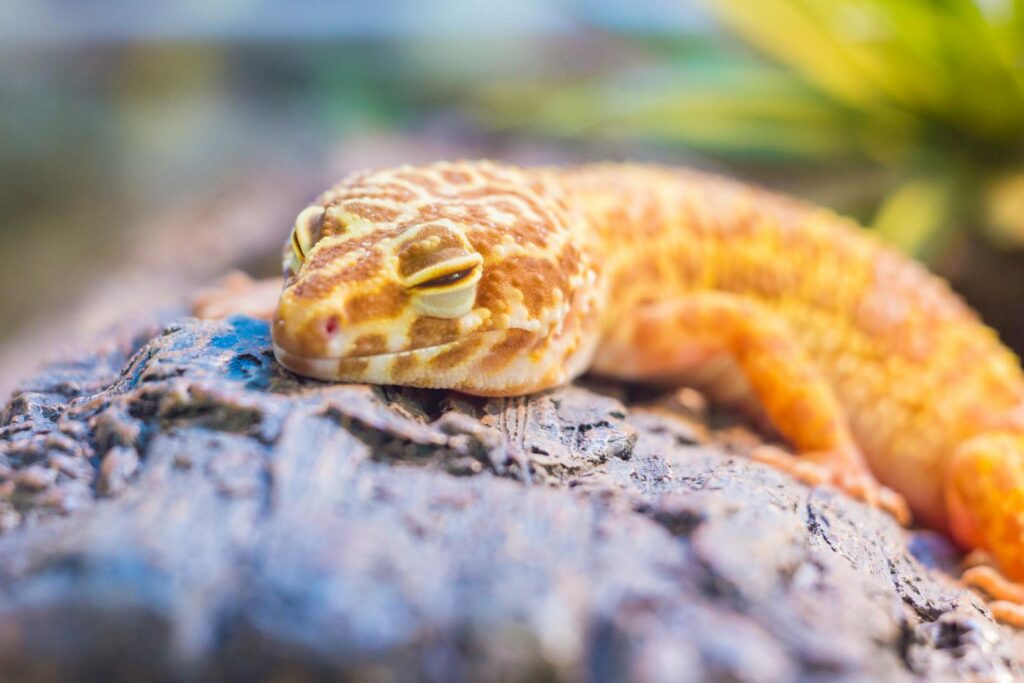
When deciding between professional shipping services and personal transport, several factors should be considered including distance, species sensitivity, and your own experience level. Professional reptile shipping services offer significant advantages including climate-controlled vehicles, experienced handlers familiar with reptile needs, and established protocols for emergency situations. These services, while more expensive, often provide tracking capabilities and guaranteed delivery timeframes that can be crucial for sensitive species. Personal transport gives you complete control over your reptile’s conditions and allows for immediate responses to any issues that arise during transit. For local or regional moves, personal transport is often preferable, while cross-country or international relocations may benefit from professional services. When using professional carriers, research their reptile-specific experience, ask for references from other reptile keepers, and clearly communicate any special requirements for your particular species.
Air Transport Considerations
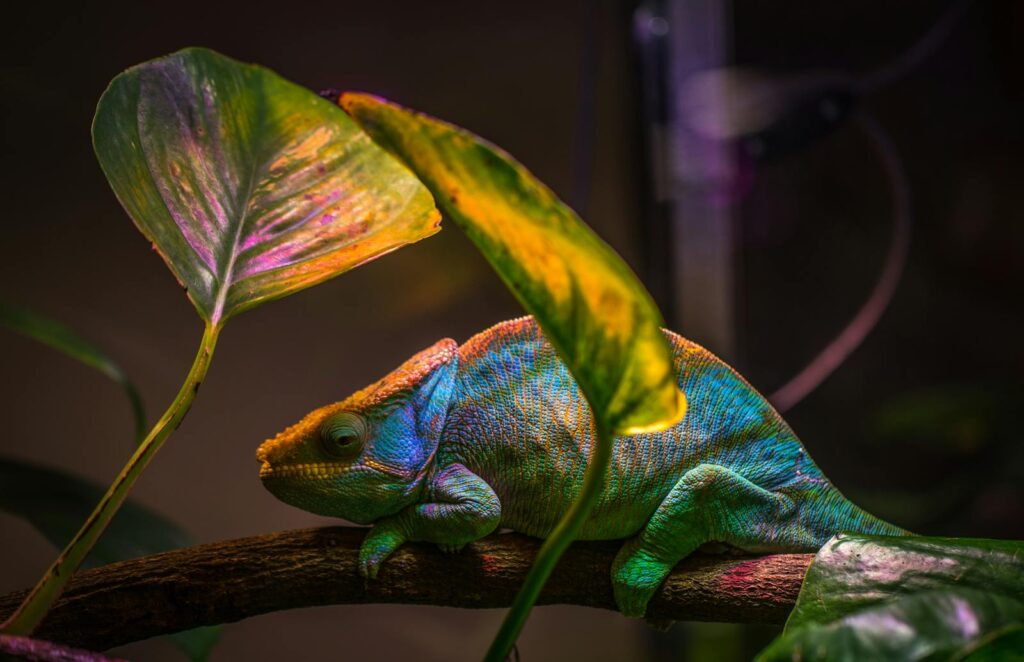
Air transportation presents unique challenges for exotic reptiles and requires extensive planning to ensure safety. Not all airlines accept reptiles, and those that do often have specific restrictions regarding species, container requirements, and seasonal embargoes during temperature extremes. Most airlines require health certificates issued within 10 days of travel and specific IATA-compliant shipping containers with proper labeling and “Live Animal” designations. When booking flights, select direct routes whenever possible to minimize handling and potential temperature variations during layovers. Many experienced reptile transporters recommend booking morning flights to reduce the chances of delays that could extend transport time beyond safe limits. Some specialty pet shipping companies offer services specifically for reptiles, handling all airline requirements and providing specialized containers designed for air transport—these services can be invaluable for particularly valuable specimens or extremely sensitive species.
Monitoring During Transport
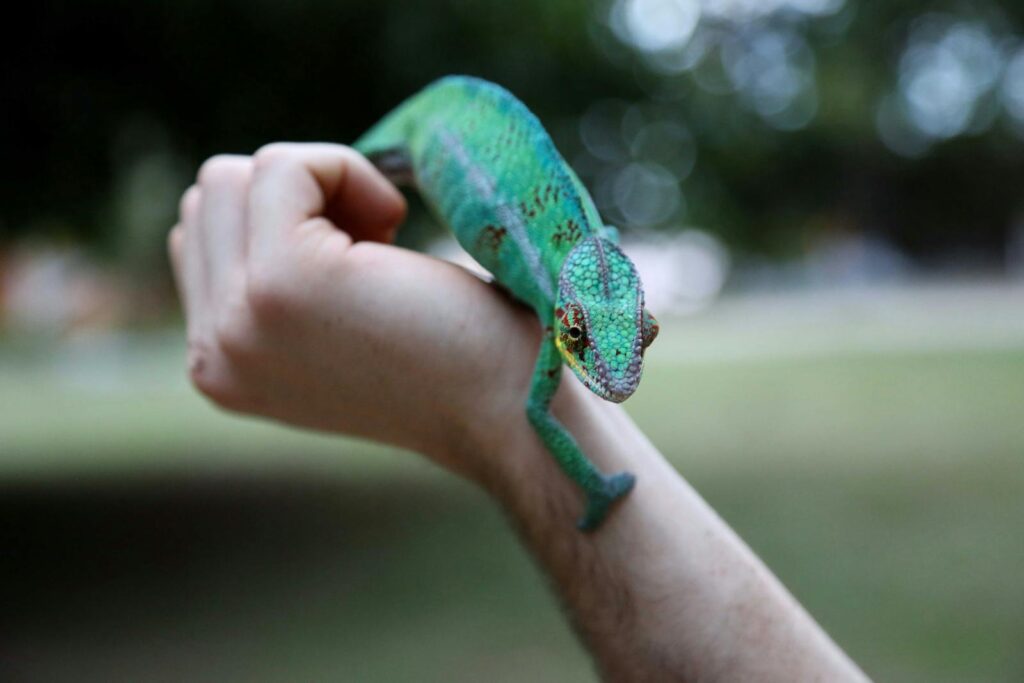
Regular monitoring throughout the transportation process is essential for identifying and addressing potential problems before they become serious. Visual checks of the reptile’s condition, behavior, and respiratory rate can provide valuable information about stress levels and overall well-being during the journey. For longer transports, scheduled stops every few hours allow for temperature adjustments, container maintenance, and assessment of the animal’s condition. Digital thermometers with probe sensors inserted into the transport container (but secured away from the animal) provide continuous temperature readings without disturbing the reptile. For particularly valuable or sensitive species, more advanced monitoring systems including humidity sensors or even small camera systems can be employed to observe the animal remotely during transport. Having a contingency plan for emergencies, including contact information for reptile veterinarians along your route, ensures you can respond quickly if problems arise.
Post-Transport Acclimation
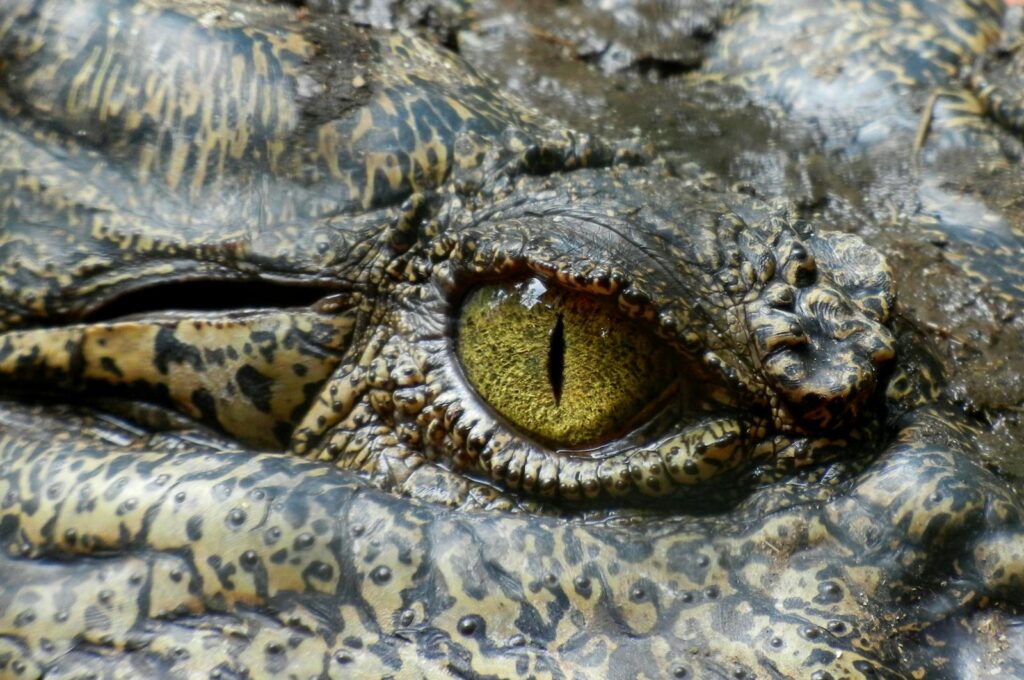
The care provided immediately after transport is crucial for helping your reptile recover from the stress of the journey. Upon arrival, place the transport container in the reptile’s final enclosure location and allow it to sit undisturbed for 1-2 hours to gradually acclimate to the new temperature and environment before opening. When transferring the reptile to its permanent enclosure, handle it minimally and ensure the habitat is completely prepared with appropriate temperature gradients, hiding spaces, and other essential elements. Many reptiles will refuse food immediately after transport—this is normal and usually resolves within a few days to a week as stress levels decrease. Monitoring for signs of respiratory infections, digestive issues, or unusual behavior is particularly important during the first two weeks after transport, as stress-related health problems often manifest during this period. Maintaining optimal habitat conditions and minimizing unnecessary handling during this acclimation period significantly improves recovery times.
Special Considerations for Venomous or Large Species

Transporting venomous reptiles or large species such as large monitors or pythons presents additional safety challenges requiring specialized equipment and expertise. Venomous species should only be transported in specifically designed, escape-proof containers with secondary containment systems and clear labeling identifying the venomous nature of the contents. Many jurisdictions have specific laws governing the transport of venomous reptiles, often requiring permits, advance notification to authorities, and specific container requirements. Large species may require reinforced containers to prevent escape through pushed lids or broken sides, as well as specialized handling equipment for safe transfers. For both categories, having an emergency response plan is essential—this should include protocols for potential escapes, bites, or medical emergencies, as well as contact information for specialized medical facilities capable of treating exotic animal emergencies. These species should only be transported by experienced handlers with specific training in managing the particular challenges they present.
Common Transportation Mistakes to Avoid
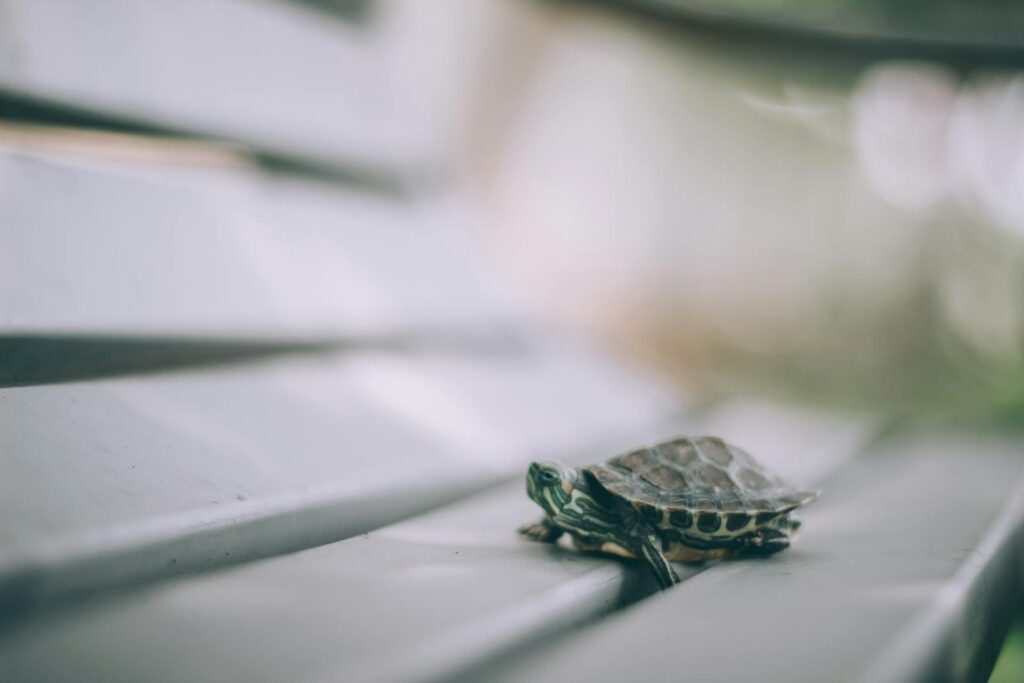
Even experienced reptile keepers can make critical transportation errors that jeopardize their animals’ health and safety. One of the most common mistakes is inadequate temperature management—either failing to provide sufficient heat sources in cold weather or not accounting for potential overheating during summer transport. Another frequent error is using inappropriate containers such as those with excessive ventilation that cannot maintain heat, or conversely, containers with insufficient airflow that can lead to dangerous carbon dioxide buildup. Many keepers underestimate the importance of securing containers properly, resulting in escapes or container damage during transport. Providing water dishes that can spill rather than water-rich foods or gel products for hydration frequently leads to problematic humidity levels and substrate soaking. Perhaps most dangerously, some transporters fail to research local laws regarding the species they’re moving, potentially resulting in legal issues including confiscation of the animal. Awareness of these common pitfalls allows transporters to take preventative measures that ensure safer journeys for their reptilian companions.
Conclusion
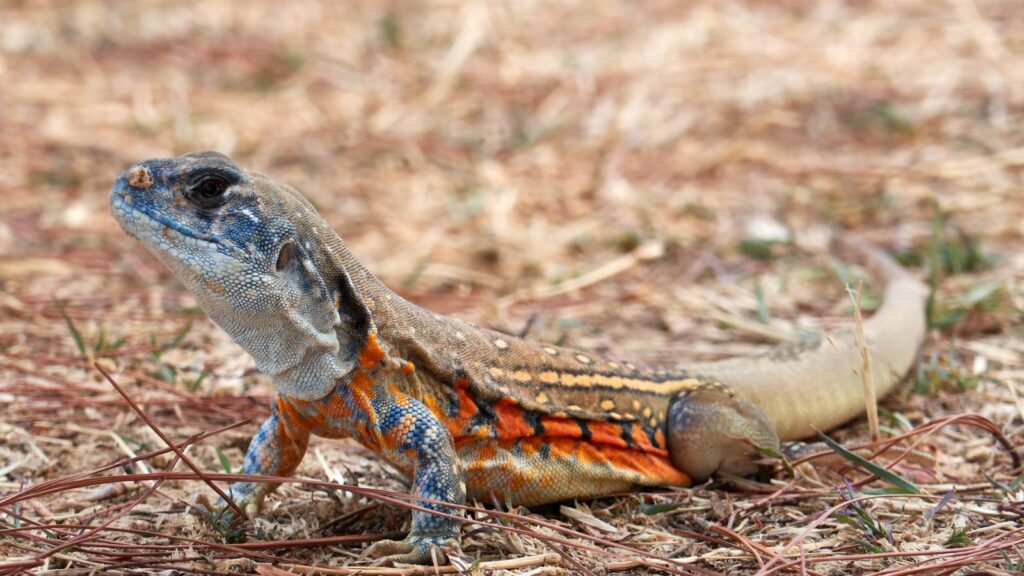
The safe transportation of exotic reptiles requires thoughtful preparation, appropriate equipment, and knowledge of your specific species’ needs. By understanding the unique physiological and psychological requirements of reptiles, you can create transport conditions that minimize stress and maintain health throughout the journey. Whether moving across town or across continents, the principles remain the same: maintain appropriate temperatures, provide secure and properly sized containers, manage stress factors, and comply with all relevant regulations. While transporting exotic reptiles presents challenges not encountered with conventional pets, careful planning and attention to detail can ensure your scaly companion arrives safely at its destination, ready to thrive in its new environment.



